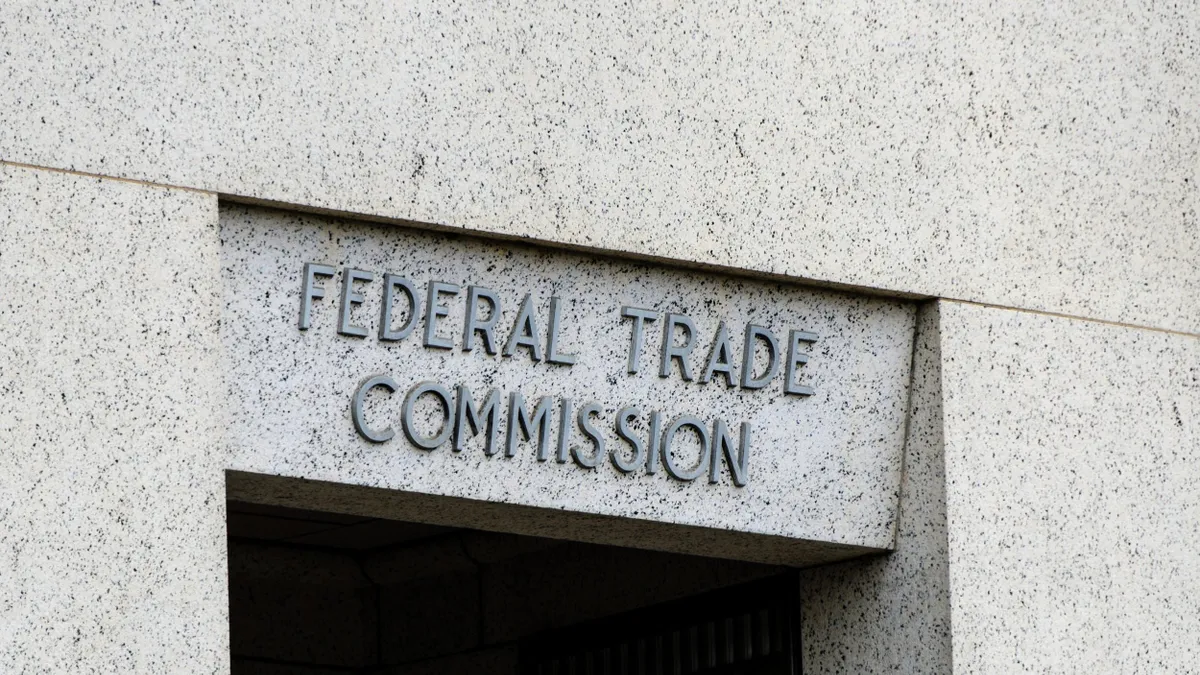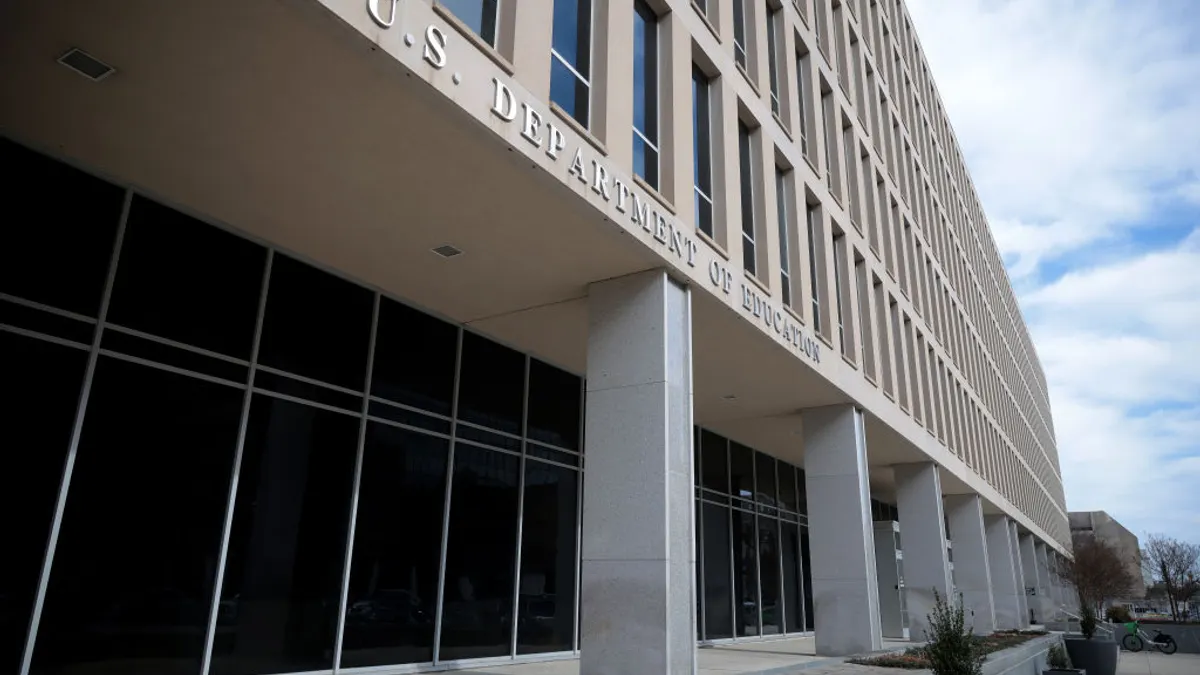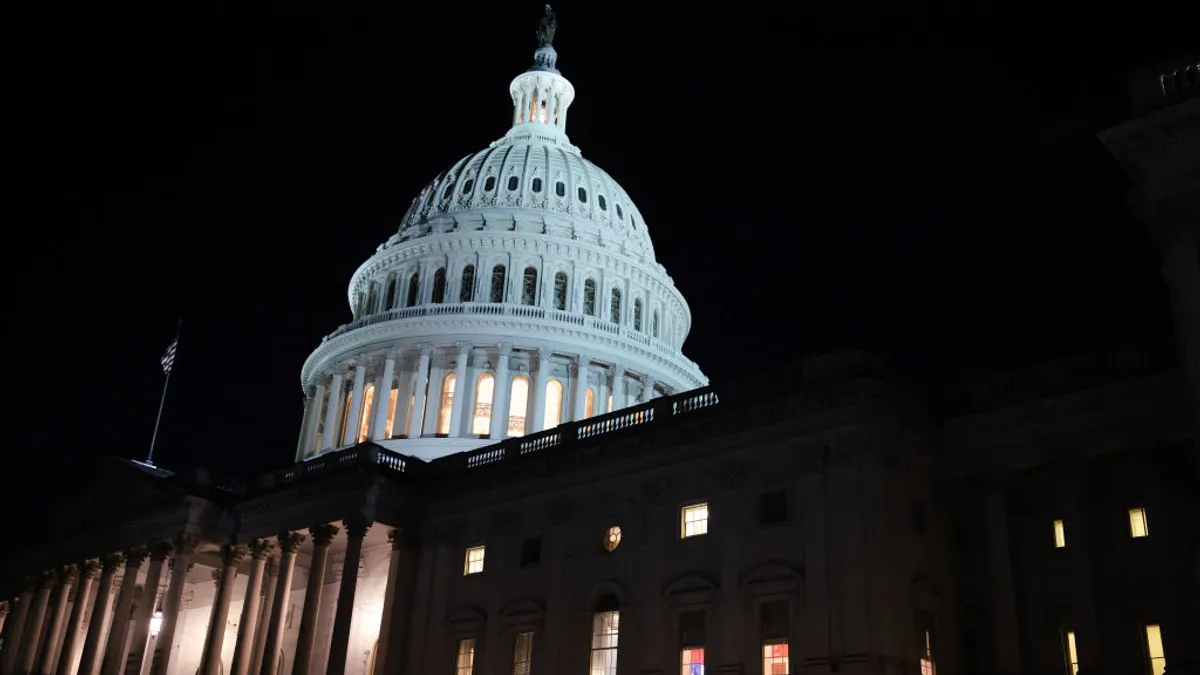Sara Kloek is vice president of education and children’s policy at the Software & Information Industry Association.
In April, President Donald Trump signed a pivotal executive order – “Advancing Artificial Intelligence Education for American Youth” – to cement U.S. leadership in artificial intelligence by integrating the technology into K-12 education, providing comprehensive training for educators, and developing an AI-ready workforce. It was a clear recognition: Preparing the next generation for an AI-driven future is vital to our national competitiveness.
But that vision is now at immediate risk — not from a lack of ambition, but because the federal government has quietly stalled the very funding designed to make it a reality.

The delayed obligation of funds from the Every Student Succeeds Act — specifically Title II, Part A; Title III, Part A; Title IV, Part A; and Title IV, Part B — will erode the tools and infrastructure needed to scale AI education nationwide. With school doors set to open in mere weeks across many states, districts now face impossible choices and will be forced to make drastic cuts to programs that support the implementation of this critical executive order.
This is more than a hiccup; it's a failure that undermines the executive order’s goals and weakens our nation’s position in the global tech race.
Teachers unprepared for AI
The funding withheld from states includes critical resources earmarked for educator training and recruitment on the expected date. For school leaders and teachers, this means a sudden void in professional development budgets.
As AI becomes increasingly vital for workforce readiness, schools desperately need educators who understand data science, machine-learning basics and how to integrate AI tools into instruction.
AI education in particular demands new pedagogical approaches and up-to-date technical knowledge. The executive order explicitly states, “Professional development programs focused on AI education will empower educators to confidently guide students through this complex and evolving field.”
Withholding ESSA Title II, Part A funds leaves teachers without the crucial professional development or support needed to confidently teach AI-related content. This directly undercuts the very workforce we need to make AI literacy a reality in every classroom.
English learners left further behind
The federal government last week also withheld funds appropriated in ESSA’s Title III, Part A. These funds are vital for ensuring English learners can access high-quality instruction and achieve English proficiency. For our EL students, who often face significant barriers, AI holds immense potential to personalize and accelerate language acquisition.
Title III funds can be used to acquire and implement AI-powered language learning software that offers adaptive exercises and real-time feedback, providing tailored support that can be a game-changer. Without Title III funds, schools lose the ability to invest in these multilingual technology tools, leaving EL students on the margins of tomorrow’s AI-driven economy.
Tech access and STEM innovation at risk
The backbone of federal support for STEM and technology integration in schools is Title IV, Part A. These funds, also withheld, enable districts to expand computer science programs, purchase new devices, and develop digital learning environments that support AI education. Their absence delays critical infrastructure improvements and denies students access to hands-on experiences that spark interest in tech careers and prepare them for future innovation.
Moreover, Title IV, Part B — which supports 21st Century Community Learning Centers — extends AI learning beyond the traditional school day. These centers offer invaluable coding clubs, robotics teams and mentorship programs, often reaching underserved communities.
Withholding these funds doesn’t just delay after-school programming; it extinguishes opportunities for students to explore future careers in AI — especially in the communities that need these pathways the most.
A misstep with long-term consequences
This funding delay is more than a bureaucratic oversight; it’s a policy misstep with generational consequences for our schools and our students. The executive order called for a united federal push to prepare students for AI careers, yet the withholding of ESSA funds blocks the very pathways schools need to respond.
It also sends a disheartening message to states and local education agencies working tirelessly to modernize their curricula — that innovation is a political gamble, not a national priority. At a time when other countries are doubling down on AI investment, we are hesitating at the expense of our future workforce and the global competitiveness of our students.
Congress must act
Congress must insist on the timely and full obligation of these already-appropriated ESSA funds. If the federal government is serious about maintaining American leadership in AI, then it must align its funding practices with its policy goals. Our educators and students deserve nothing less.
We cannot build a 21st-century workforce with 20th-century tools. AI education is not optional — it’s essential. And withholding the funds that support it is not just fiscally irresponsible; it’s strategically indefensible.






 Dive Awards
Dive Awards












